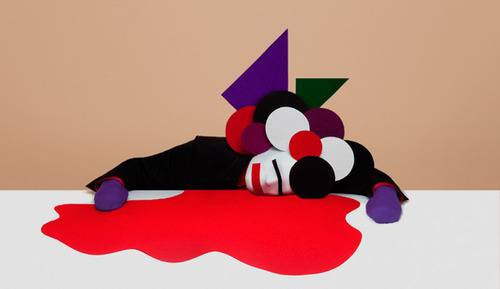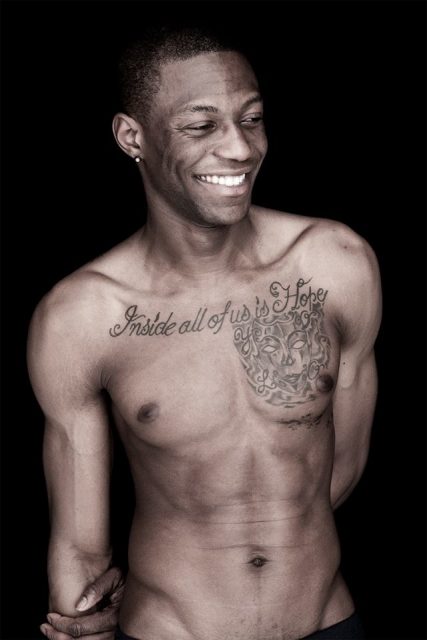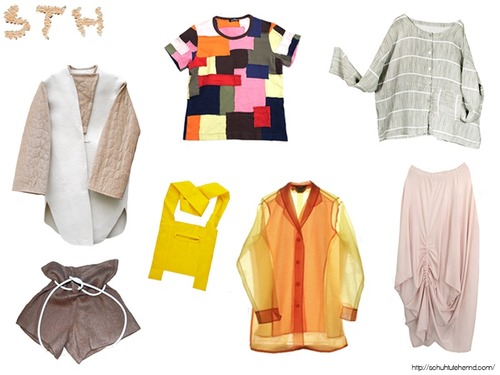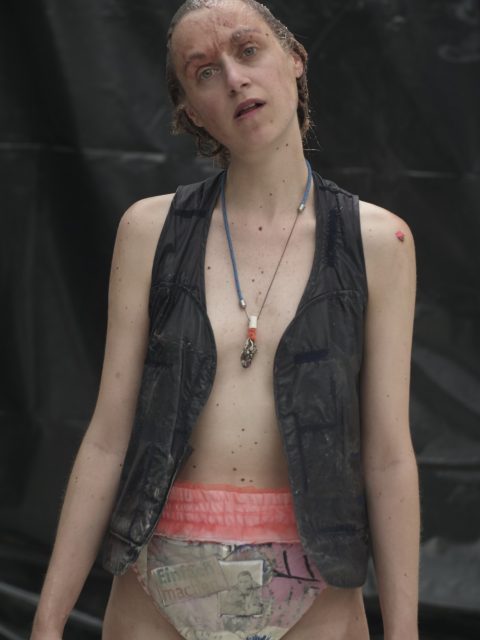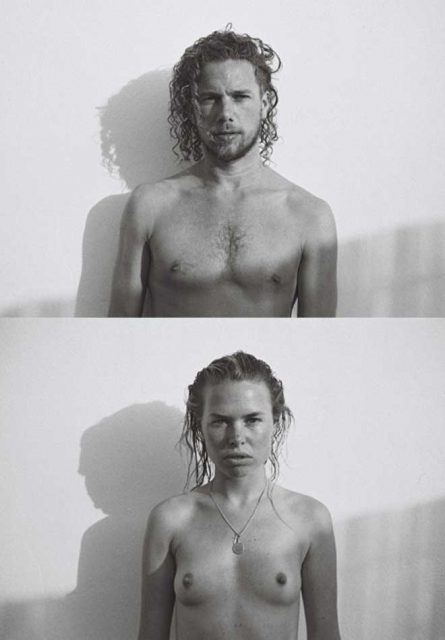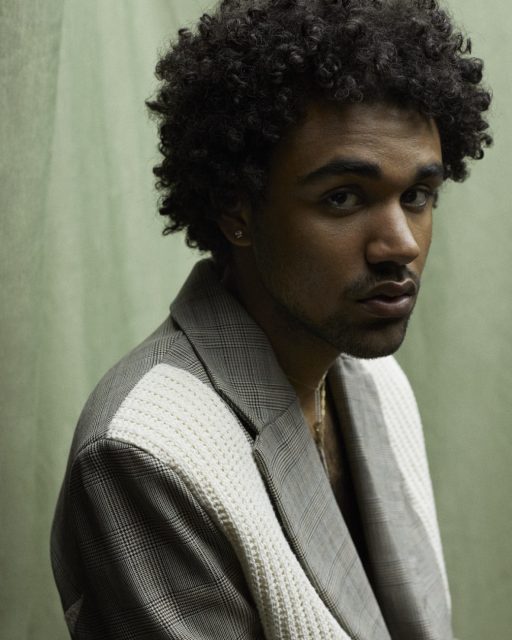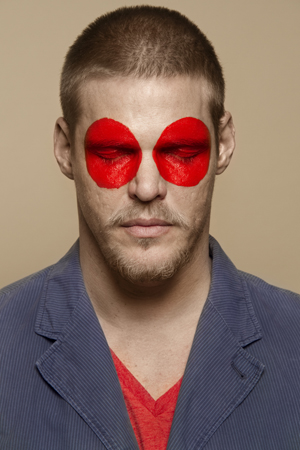
Self portrait
Œ readers who have followed the magazine from the start are well acquainted with the esoteric worlds that come alive in photographer Robert G. Bartholot’simages. As a photographer and art director, he involves himself with every step of constructing a image, from concept to realization. Beneath the colorful and surgically clean aesthetic of his photographs, is an underlying morbidity or unearthliness. Robert’s career has taken him from Madrid to Switzerland and Berlin, where he is currently based. He has worked on campaigns for Diesel, Architectural Digest, and Die Zeit, but more exciting, he boasts an impressive portfolio of astounding personal work. Here are three questions we had for the magic maker himself and don’t forget to pick up the current issue of Œ Magazine for his latest Œ editorial.
Your Mariä spread in Œ # 2 is still a personal favorite Œ editorial of mine. You have an inspiring knack for creating these other-worldly characters and bringing them to life in different depths. The end image is spectactular to say the least, can you walk me through your process from the conception of each photo?
For our spread Mariä, I collaborated with Harald Erath during the whole process. We started off with the idea of placing a model on the floor and shooting it from above to create the illusion of (her) hanging on the wall. We then browsed berlin designers for graphic-iconic clothes. In our search for props we scouted vacuum cleaner tubes at a flea market and “Einschulungstüten” (a very german thing, I have no idea what this is called in English) in different sizes at a hobby shop; these reminded us of hands and feet. For the shoot we put a ladder on top of my drawers in the studio to let me get as high as possible with the camera, dressed the model, put her on the floor and decorated the set. We didn’t really have a plan for each photo and, therefore, followed our intuition using and re-using the elements we had.
Are the subjects of your photos based on real people or inspired by fictional characters?
The inspiration for the characters comes from art history, folklore, fashion, music, movies, literature and everything that surrounds us. In that way the photos are based on both real and fictional people. However, the photos are meant to be fictional.
I’ve noticed that there are often time macabre elements at play in your images, at the same time, these images are almost always full of color and life. You mentioned once that you like to question the symbolic meanings of colors. Can you give us some more insight into your findings and how this is worked out in your photos?
Our world is built up of interacting bi-polarities, contradictions, antagonisms, and paradoxes. I’ve always been attracted to these cultural, philosophical, and physical phenomena and like to play with their meaning in my imagery. I prefer to, therefore, to step away from the standard and try to come up with the opposite of it or at least a different view on it, e.g., bad – good, alive – death, beauty – ugliness. However, I don’t want to deliver a clear meaning or interpretation at all; the beholder should find his own point of view.
Mariä-Bartholot’s editorial for Œ Magazine # 2 with styling by Harald Erath
[portfolio_slideshow id=1425]



